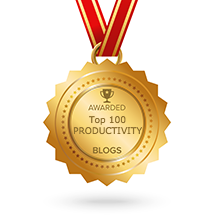1. Assess the situation before deciding on action or judging employee. To do this gather information about the employee such as work samples, project results, and co-worker comments to validate the assumption before going ahead with a plan for improvement. If an issue truly exists, then proceed to next step.
2. Set expectations for the employee by going over the expected work output and associated deadlines with them. They will not meet management expectations without clear guidelines on what they must do. This process of setting expectations should start with on-boarding and continue through the employee’s career by including personalized SMART goals for the individual as well as communicating the goals of the team they are part of.
3. Coach and correct to help employee through the performance improvement process by providing corrective feedback and reinforcement of positive behaviors. This will build employee confidence and create a better relationship with their manager. (Note: chapters 4, 6, 8 provide excellent examples of 19 common behavior problems, 30 ways to begin a conversations with the problem employee, and 14 examples for a coaching and development plans.)
4. Measure results so that both you and the employee know how they are doing towards their performance goals. This way you can meet regularly to adjust goals or set new goals as needed, rather than wait until the employee has completely missed a goal which means the manager did not help them avoid failure.
In chapter 8, the book also provides a link to HumanResourcesSources.org where a 15-minute podcast interview with Stephanie Montanez in available. Managers and Human Resources may find that interview helpful for step 3 above. The podcast is titled Problem Solving Toolkit for Employee Performance Improvement and contains 7 steps for management and HR.












 This work is licensed under a
This work is licensed under a
No comments:
Post a Comment